My husband first introduced me to this method of gardening in 2014. He discovered Back to Eden by Paul Gautschi. We started our garden here at Brown Barn Farm in 2014 and it was quite a task. Our original plot was pasture. My father-in-law graciously plowed the ground, then we set out to cover it with card board and mulch. First we had to remove all the tape from boxes and exclude any excessively colored or plastic coated cardboard. The fruits of our labor payed off and we had a wonderful first year that included a bumper crop of tomatoes, cucumbers, squash, peppers, okra & beans.

The second year was successful as well, but we discovered that weeds did want to creep back in between cracks in the layers. The next couple of years we continued the method, but on the 5th year we decided to take a sabbatical. We allowed our plot to go back to weeds, but fortunately we found a quick solution to cleaning up the debris. Our donkeys and sheep proved to be excellent at ridding our plot of overgrown weeds. They also trimmed our blue berry bushes!

This year I have searched for methods of safe organic pest control. I have found that two things seem to be most successful. First is sacrificial plants and weeds. Our biggest pest this year seems to be the Colorado potato beetle. This little stripped beetle lives over winter beneath the soil under mulch and comes out in the warmer weather to reek its havoc. It will lay bright red eggs that develop into hungry larvae. Hand picking and squashing the little boogers seems to work, but by far the best thing this year has been to provide sacrificial plants such as Carolina horsenettle and less desirable tomato plants.
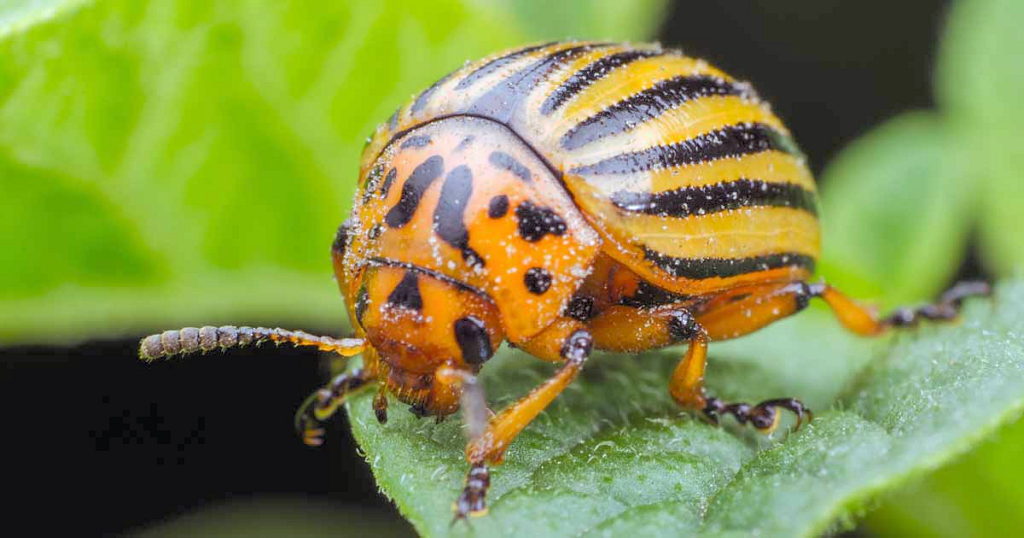
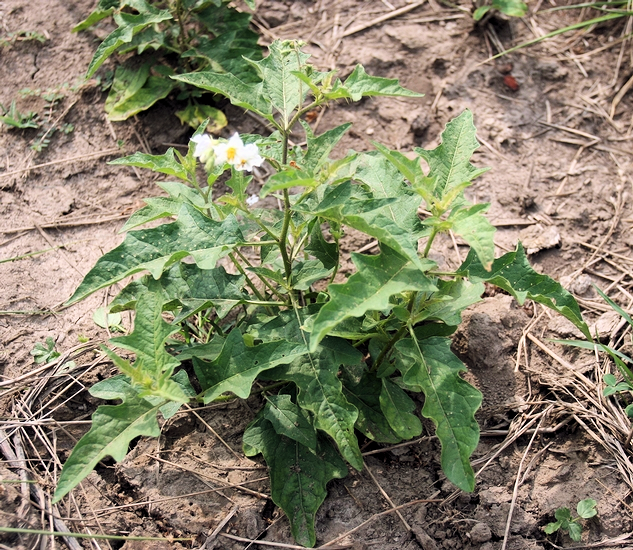
Horsenettle grows in abundance in our area of the country. It is a member of the deadly nightshade family as are tomatoes. These fellows do not know the difference between tomatoes and horsenettle and seem to actually prefer the latter. So despite my desire to pull up these nuisance weeds, I have chosen to leave some for the hungry beetles to feed upon. Surprisingly and happily, pests seem to also prefer my non-heirloom tomato plants. Another pesky garden mate is the tomato fruitworm. I happily and cautiously allowed them to devour the non-heirloom plants.
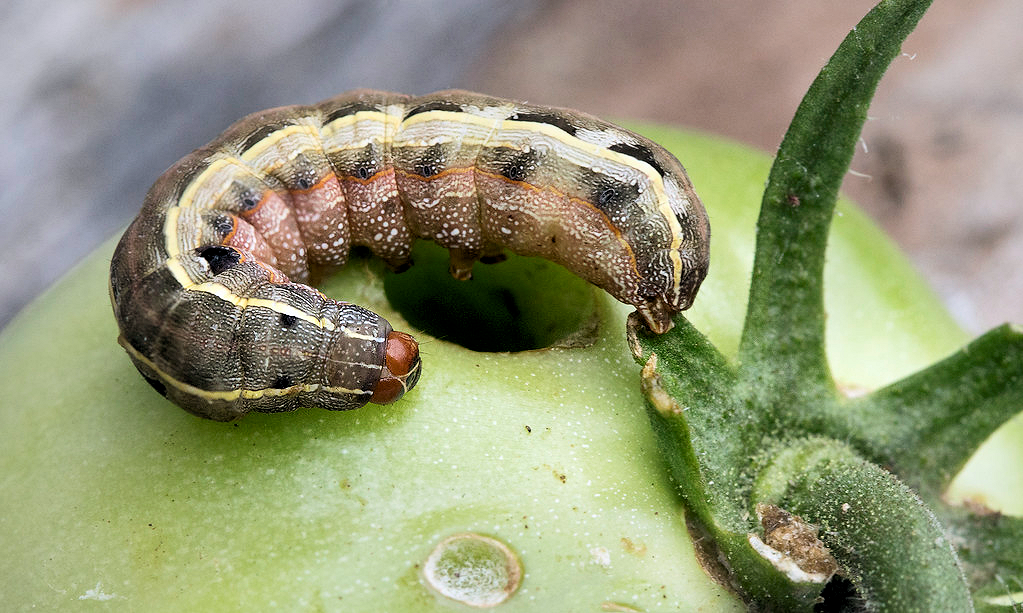
Secondly, I discovered neem oil which I diluted per manufacturer instructions to spray on all plants without fear of toxic chemicals or harm to garden desirable insects such as bees, ladybugs as well as birds. I have only done a couple of applications this year and have been very happy with the results.
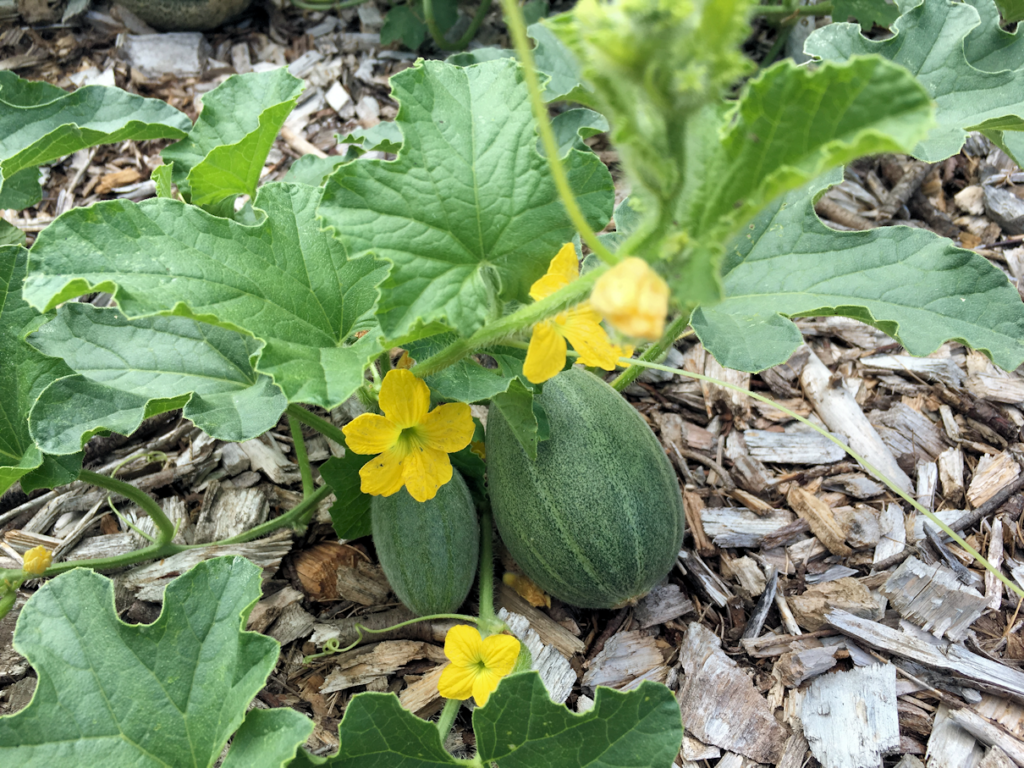
Least I forget to mention birds. We have a plethora of barn swallows and other birds in our area. We greatly enjoy the benefits of having these creatures on our farm. They provide excellent insect control as well as hours of enjoyment as we watch the swallow’s aerial acrobatic displays. Besides growing vegetables, we plant bee attracting flowers and herbs. Currently we grow borage, bee balm & foxglove in our garden. I have herbs rosemary, basil & oregano in planters convenient to my kitchen.

Regarding herbs, we have learned by trial and error that spreading herbs such as mint are best reserved for containers or planters.
I have included pictures of our garden and plants for your enjoyment!
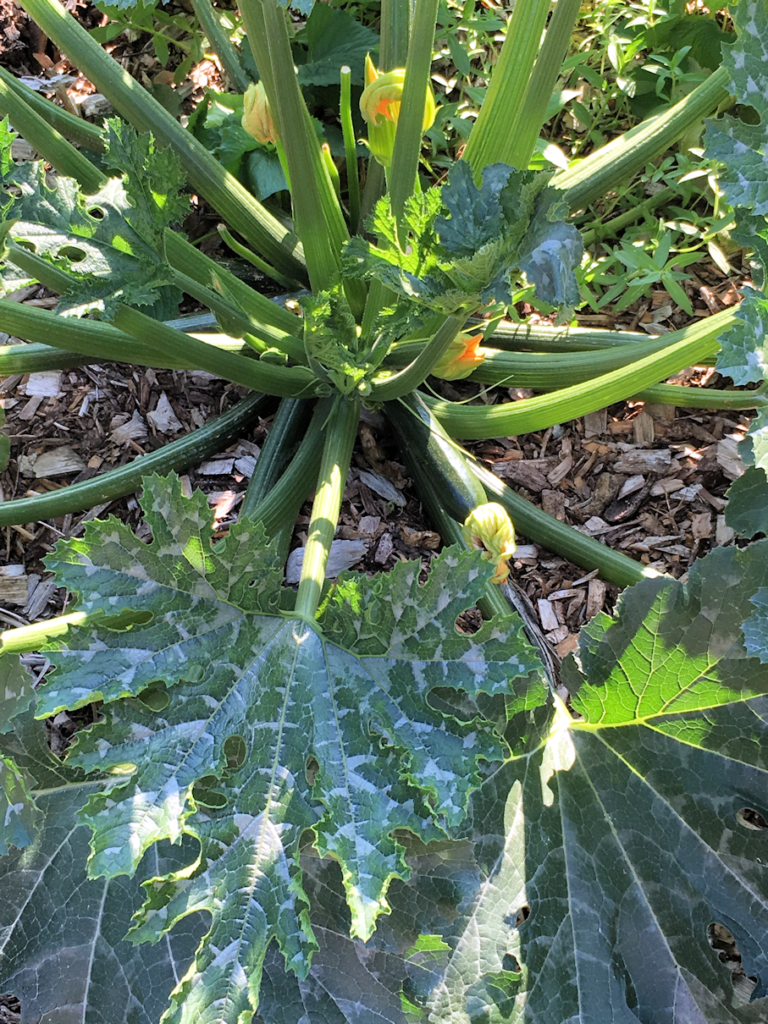
Happy gardening!
Brown Barn Farm


Comments
That was a very informative and well written article….and I mean it…even though the author is my daughter in law. GREAT job.